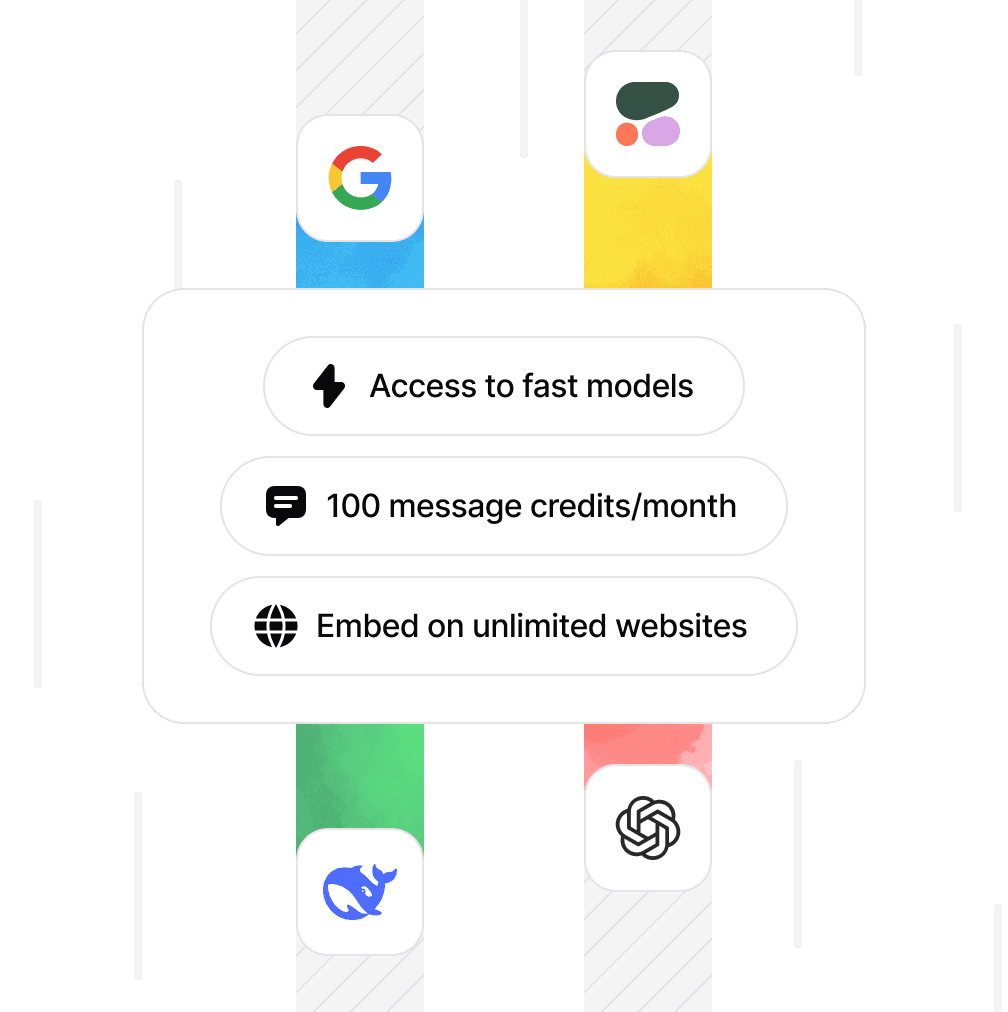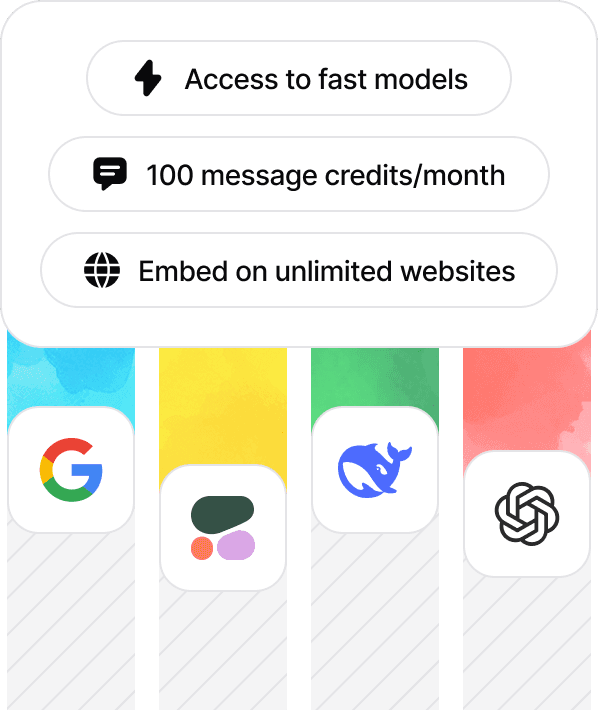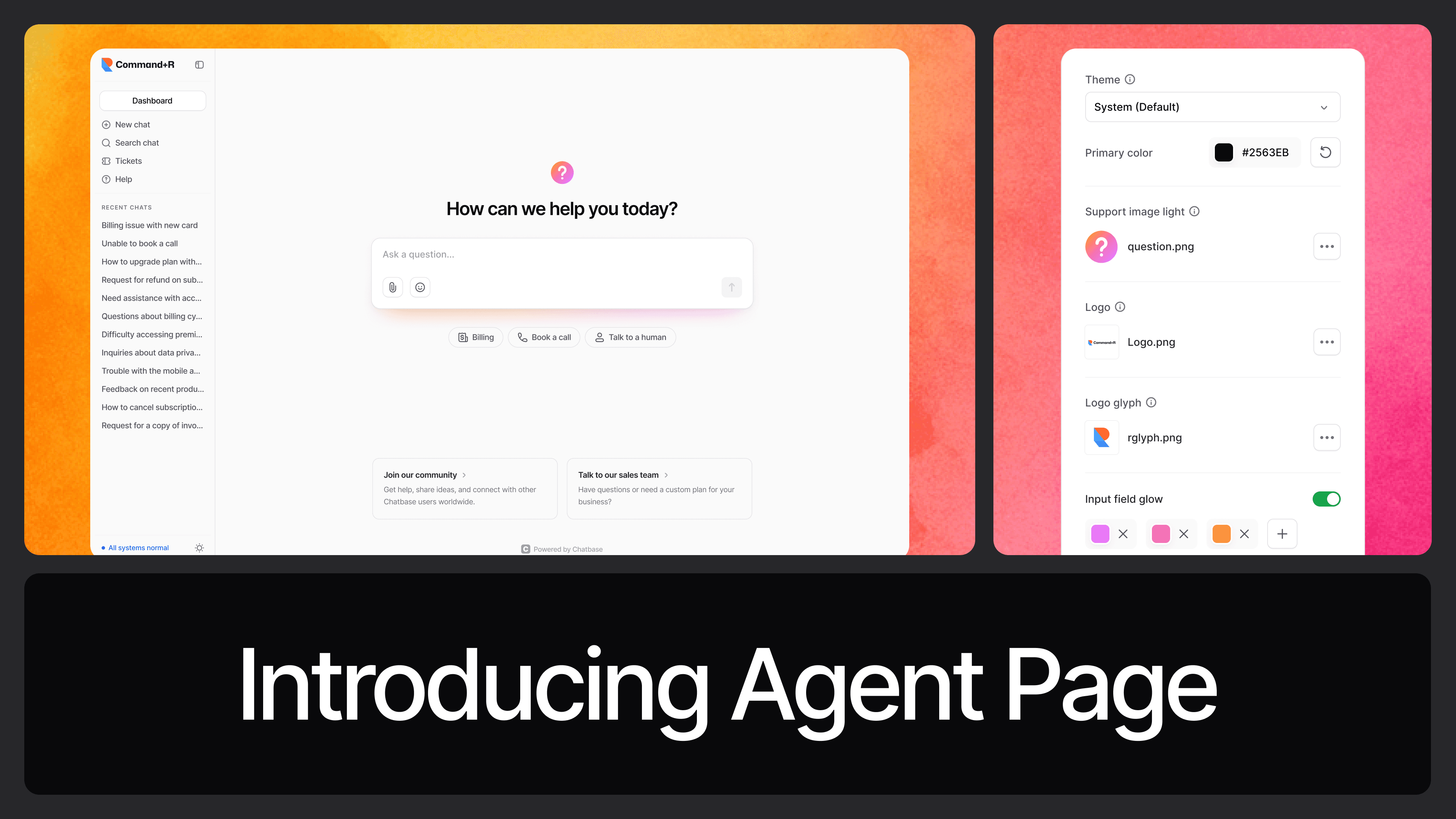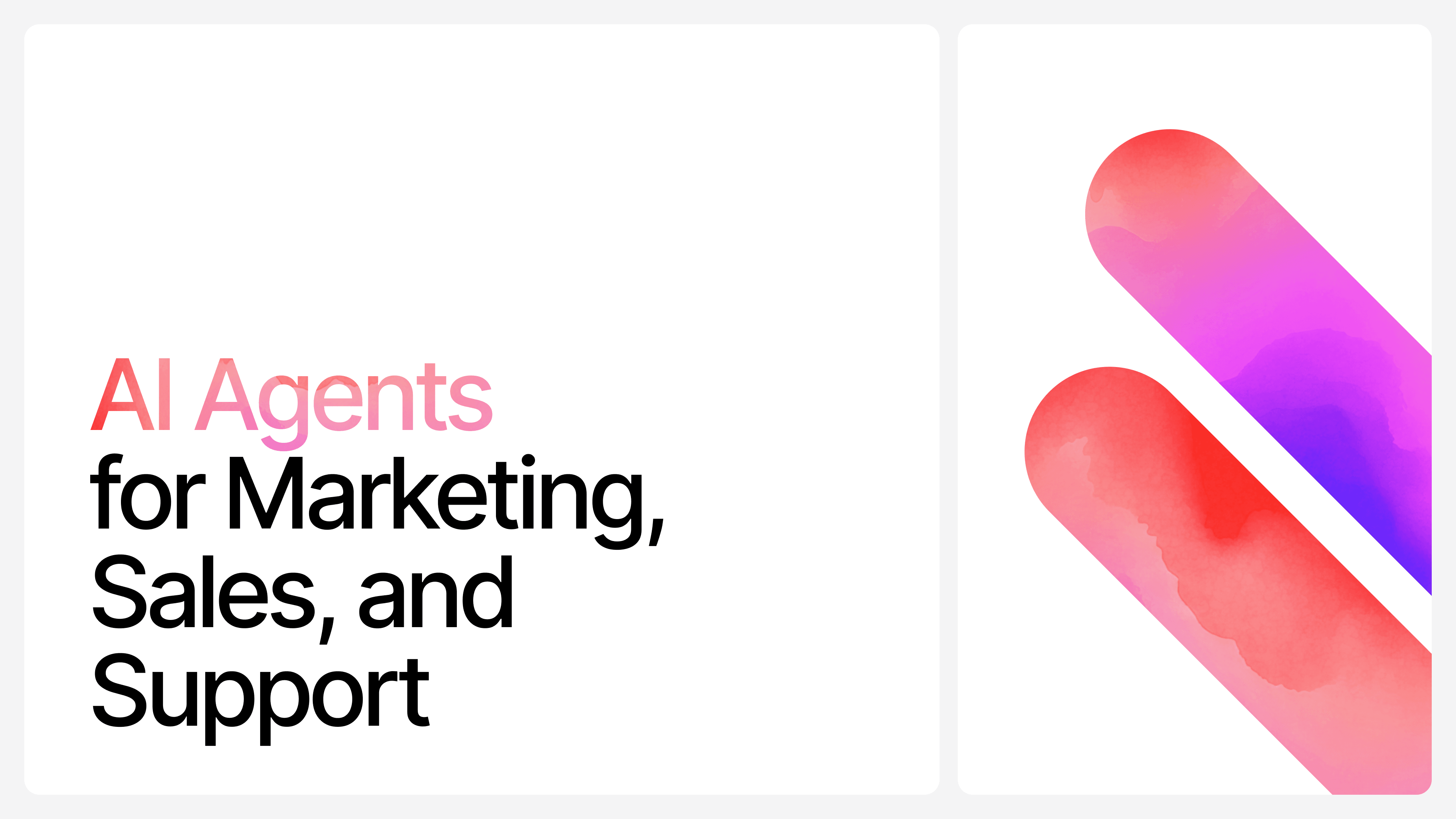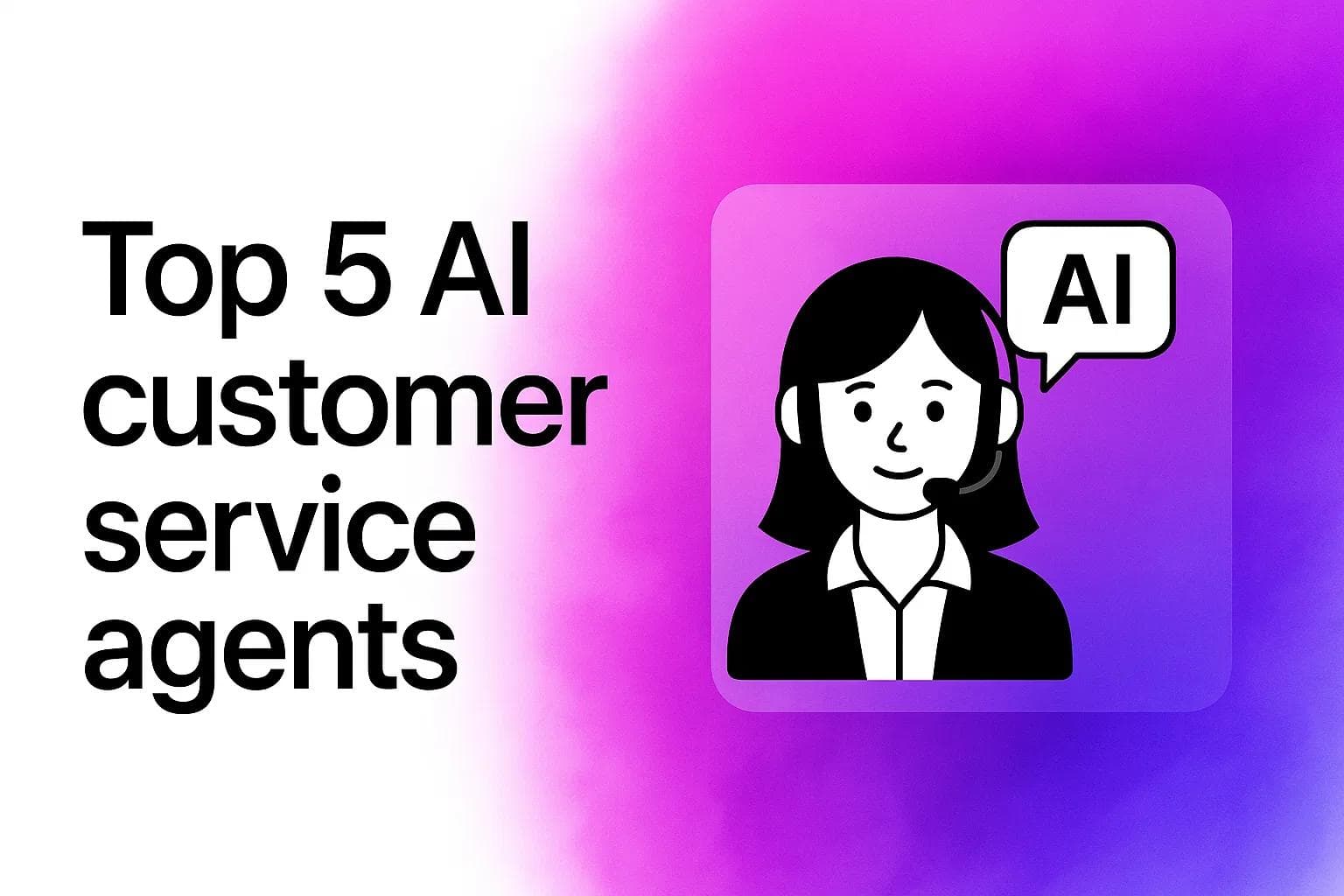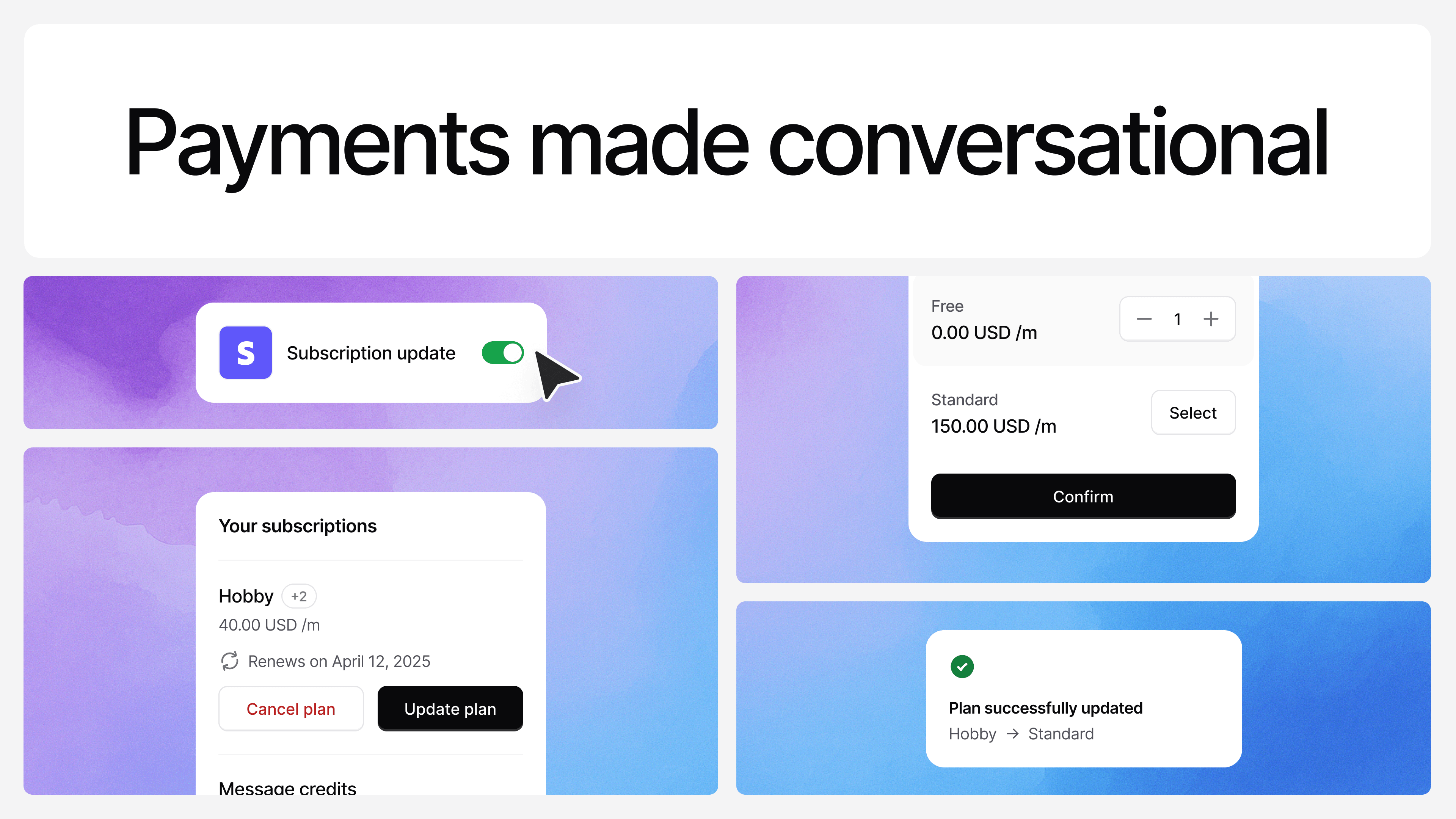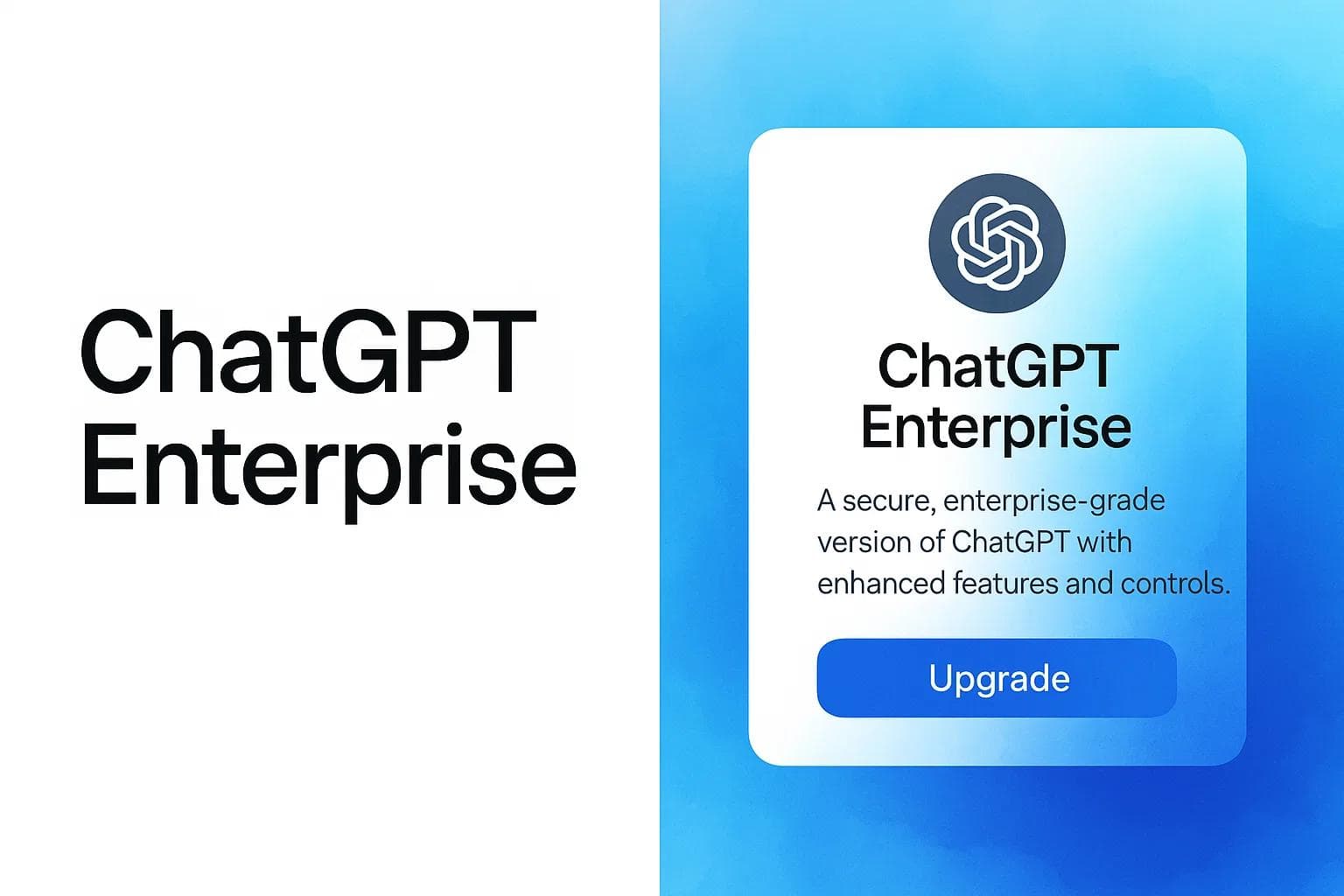Marketing Automation: Everything You Need to Get Started
Max T
May 2, 2025
15 min read
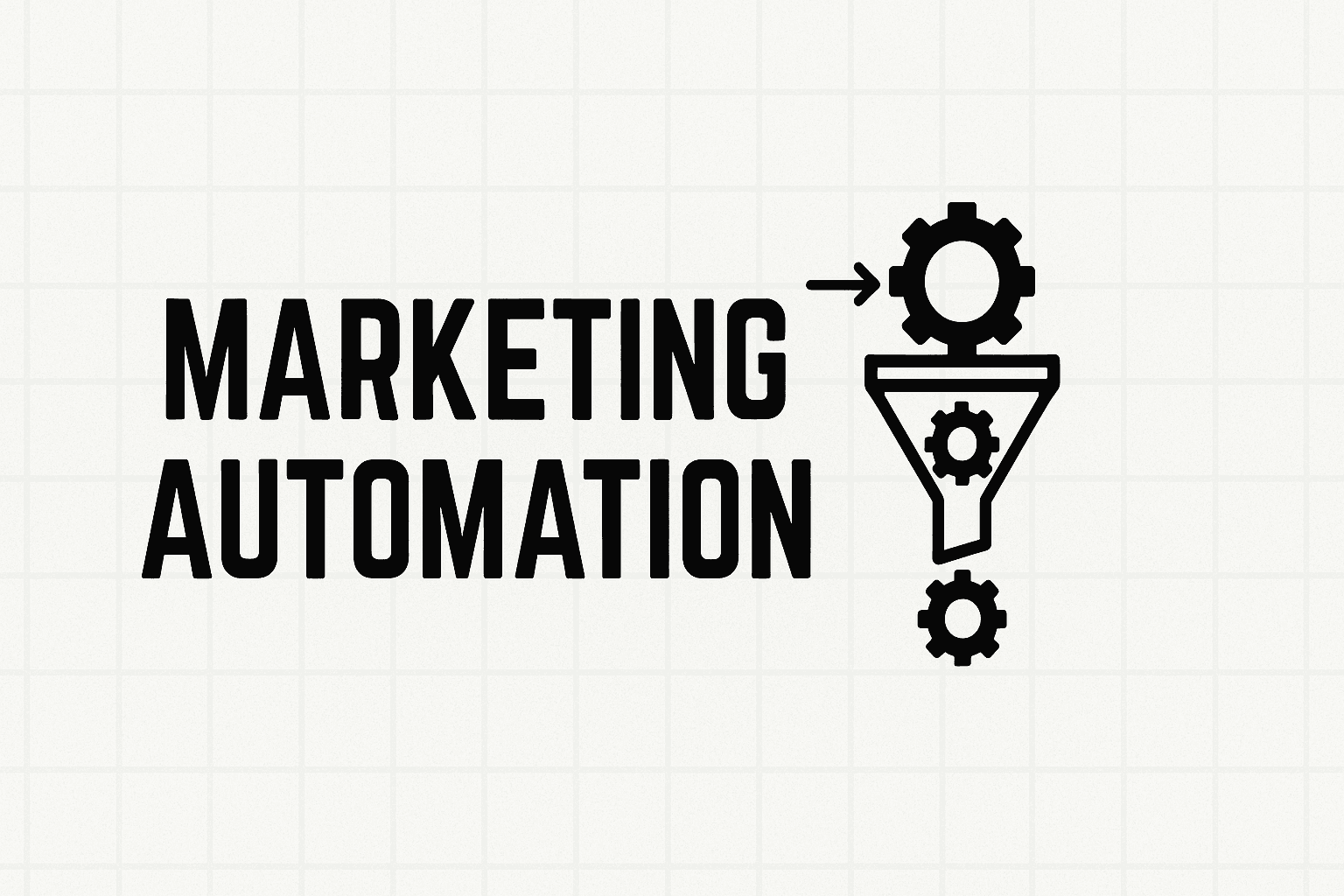
There was a time when “automation” in marketing simply meant scheduling a newsletter. Or maybe dropping contacts into a drip campaign.
That era is over.
Today, marketing automation is much more than that. And it is no longer a nice-to-have. Industries like self storage are embracing automation to streamline operations and enhance customer experiences. It’s a system that can orchestrate your entire growth engine, if you build it right.
But most teams still don’t.
They either overautomate and lose the human element, or they underutilize and leave money on the table. The sweet spot lies in designing flows that scale intelligently, where every interaction feels timely, personal, and value-driven.
You don’t need dozens of tools. You don’t need a dev team. You just need clarity on what to automate, how to measure it, and which systems can grow with your business.
So if you already understand what marketing automation is, but you're wondering how to actually set it up properly, this guide will walk you through it all.
What Is Marketing Automation?
Marketing automation is the system that connects the dots between your marketing efforts, without needing you to be everywhere at once.
At its core, it’s the use of software to automate repetitive marketing tasks. Think emails, social media posts, lead-nurturing sequences, ad retargeting, even SMS flows.
But more than that, marketing automation is about orchestration. You're building workflows that guide a lead through a smart, responsive journey, from their first interaction to becoming a paying customer, and ideally, a loyal one.
Now let’s make this clearer.
You’ve got a lead magnet on your website. Someone signs up. That’s your trigger.
Immediately, a welcome email is sent. A few days later, a follow-up message goes out based on whether they clicked or ignored the first one. If they visit your pricing page, that’s another signal—and another automation could fire to offer a demo invite or an incentive.
That’s marketing automation done right. Reactive, responsive, relevant.
And no, it’s not just about saving time (although that’s a nice perk). It’s about reducing human error, increasing personalization at scale, and creating a system where leads never fall through the cracks.
You’re building a machine—
One that knows how to act when your audience moves. One that’s connected to your CRM, your ads, your analytics, your sales team, your content. One that grows with you.
How Marketing Automation Works
The mechanics aren’t complicated. The magic is in the setup.
Marketing automation works through triggers, conditions, and actions. A simple if-this-then-that logic system running beneath your marketing stack.
1. Triggers:
These are the starting points. A visitor fills out a form. A customer abandons a cart. Someone clicks a link in your email. Each of these is a signal that kicks off an automated sequence.
2. Conditions:
These are the rules. Maybe only contacts with a certain tag should get the email. Or maybe only those who visited the pricing page twice in one week get pushed to sales. Conditions help you filter, personalize, and segment your automation based on behavior or attributes.
3. Actions:
These are the actual tasks. Sending emails. Adding a tag. Updating a CRM field. Triggering a Slack notification to your sales team. Actions are what move your audience along the journey.
But these aren’t just dry sequences. They’re decision trees built around your funnel.
And the most powerful automation flows are the ones that mirror your buyer journey. Those moments when a customer is asking, what’s next? Your system should already have the answer queued up and ready.
Some businesses also turn to external support when designing smart automation flows. A performance-driven marketing agency can help map personalized journeys that respond to real-time customer behavior and maximize conversion opportunities without overcomplicating your stack.
Real Examples to Ground It
- Lead Nurturing: Someone downloads a whitepaper. They’re now in a 5-email drip campaign built to educate, nudge, and qualify. If they open and click, they get more content. If they go cold, the campaign slows or pauses.
- Cart Abandonment: A customer adds a product but doesn't complete the purchase. Within 30 minutes, an gentle reminder email goes out. Two hours later, maybe a personalized SMS. Still no purchase? A one-time discount triggers after 24 hours. via platform like Infobip, which enables automated 24/7 triggered responses.
- Behavior-Based Personalization: A visitor checks your enterprise plan page multiple times. Your automation flags them as high intent and routes their profile to the sales team. Your system sends them a tailored case study on enterprise success.
The Engine Behind the Curtain
All of this runs through your automation platform, connected to your CRM, your website, your ad manager, your email platform, your product analytics, and more.
The goal? Create one continuous, responsive marketing engine.
One that reacts in real time. One that doesn’t wait for you to catch up. One that makes sure the right message hits the right person at the right moment.
Common Marketing Automation Use Cases
The value of marketing automation shows up fast when you build around real, practical goals. Here are the use cases that come up over and over again, for good reason. They work.
1. Lead Nurturing Campaigns
Most leads don’t convert on Day 1. Automation keeps the conversation alive with well-timed content. Educational emails, product updates, social proof, all spaced out to build interest and trust.
Example: A new contact downloads your eBook. They're automatically added to a 10-day nurture flow. After the 3rd email, they click a link about pricing. The system automatically tags them as high-interest and adjusts the next content to match.
2. Welcome Sequences
First impressions matter. Automated welcome flows introduce your brand, product, and value with intention. This isn’t just a “hello.” It’s a structured onboarding; drip by drip.
Example: A user signs up. Day 1: welcome + product intro. Day 2: top feature breakdown. Day 3: customer story. Day 5: how to get the most out of your platform. Each touch is planned, triggered, and personalized.
3. Lead Scoring & Qualification
Marketing automation isn’t just outbound, it’s about qualification too. You can assign scores to leads based on behavior (opened emails, visited key pages, completed demos). When they hit a threshold, automation routes them to sales or unlocks the next level of the funnel.
Example: A lead browses the pricing page three times, opens two nurture emails, and downloads a case study. Their score hits 60. They're moved to a "Sales-Ready" segment and receive a personalized email from a sales rep.
4. Cart Abandonment Sequences
If you're in e-commerce or SaaS, this is a must-have. Cart abandonment automation recovers revenue you’d otherwise lose, reminding customers what they left behind and giving them a reason to come back.
Example: A customer adds a subscription to their cart but drops off. 15 minutes later: reminder email. 24 hours later: a discount. 48 hours later: social proof or testimonial.
5. Customer Onboarding
Post-purchase is where most brands fall flat. Automation makes onboarding scalable, whether it’s training content, product walkthroughs, or milestone check-ins.
Example: A customer signs up for your platform. They're added to a 30-day onboarding flow with automated feature highlights, webinar invites, and success tips. Their usage data adjusts what they get next.
6. Re-Engagement Campaigns
Inactive users aren’t always lost, they’re just unengaged. Automation lets you bring them back with the right mix of value and timing.
Example: A subscriber hasn’t opened your emails in 60 days. They enter a re-engagement sequence. If they click, they get moved back to regular content. If they don’t respond, they’re removed from your list or put into a win-back ad campaign.
7. Cross-Sell & Upsell
Once someone buys, don’t stop there. Automate the next logical offer based on behavior or past purchases.
Example: A user buys your basic plan. 7 days later, an email shows how power users benefit from premium. If they click, they get a 14-day free upgrade trial. It’s all sequenced.
Top Marketing Automation Tools
There’s no one-size-fits-all tool in marketing automation. And that’s a good thing. The best stack is built around your goals, team size, customer journey, and how you plan to engage users at every touchpoint.
Here’s a breakdown of top-tier tools, what they’re great at, and how they fit into modern marketing automation. White label email marketing lets agencies run client campaigns with custom branding, dashboards, and automation - keeping the backend invisible and the agency in the spotlight.
1. Chatbase – Best for AI Chatbot Marketing & Conversational Automation
If you're thinking ahead, you know that automation isn't just backend workflows anymore. Today, it’s also how you show up at the front door. Chatbase gives you an AI-first chatbot system that automates conversations intelligently and integrates beautifully into your marketing stack.
Here’s where Chatbase fits in:
- Lead Nurturing: Answer questions, share resources, and push product tours based on what users are asking. All automated in real-time.
- Cross-sell & Upsell: Based on purchase history or questions asked (“Do you have this in black?”), the bot can dynamically recommend higher-tier products or accessories.
- Cart Abandonment: Place Chatbase on your cart page. If someone tries to exit, the chatbot can trigger a personalized message, offering help, a discount, or asking why they’re leaving.
- Re-engagement: If a returning visitor lands on the site, Chatbase can recognize them and spark a new conversation. “Back again? Let’s pick up where we left off.”
- Onboarding: After signup, the bot can guide the user through setup or next steps, eliminating friction without needing human intervention.
- Scheduling: Seamless integration with Calendly lets leads book calls directly from the bot. No back-and-forth.
- Advanced Automation: Using Zapier, Make, or webhooks, Chatbase can push data to your CRM, email platform, or Slack, automating tasks across your pipeline.
Chatbase is your automated front office. It speaks, sells, and qualifies.
Want to see how Chatbase fits into your marketing automation strategy?
2. HubSpot – Best All-in-One Marketing Automation Platform
If you want a complete marketing automation suite—from email and landing pages to CRM and lead scoring—HubSpot’s hard to beat. It’s built to scale.
Use cases:
- Email Campaigns: Build advanced drip sequences with segmentation and behavioral triggers.
- CRM Integration: See every interaction across marketing and sales.
- Workflows: Automate lead assignment, score calculation, content delivery, and more.
- Ads & Reporting: Manage paid campaigns and track ROI with end-to-end visibility.
3. ActiveCampaign – Best for Email-Driven Automation
Think of ActiveCampaign as an automation powerhouse for email-first brands. It blends email marketing platform, CRM, and automation logic beautifully.
Use cases:
- Lead Scoring: Score leads automatically based on email opens, site visits, and engagement.
- Conditional Flows: If a lead opens an email but doesn’t click, send a follow-up. If they click twice, push them to sales.
- Dynamic Content: Emails adapt in real-time based on user behavior.
4. Mailchimp – Best for Small Business Email Automation
Mailchimp has grown up from “just an email tool” into a flexible automation platform for small teams.
Use cases:
- Welcome Sequences
- Newsletter Automation
- Product Follow-Ups
- Ad Retargeting
- Behavioral Emails: Send emails based on past purchases or site activity.
5. Uniqode – Best for Automated Lead Capture & Networking at Scale
Uniqode’s digital business cards turn every introduction into an automated marketing opportunity. Instead of static paper cards, your team can share dynamic cards that capture leads instantly and sync them into your CRM or email workflows.
Use cases:
- Lead Capture: Collect prospect details automatically whenever your card is scanned or shared.
- CRM Sync: Push new contacts into HubSpot, Salesforce, or other CRMs without manual entry.
- Automated Follow-Ups: Trigger email sequences or SMS flows as soon as someone saves your card.
- Analytics: Track engagement data (opens, clicks, saves) to optimize campaigns.
- Event Marketing: Use QR codes at conferences to scale lead collection across teams.
6. Klaviyo – Best for E-Commerce Marketing Automation
If you’re running an online store (Shopify, WooCommerce), Klaviyo is purpose-built for you.
Use cases:
- Abandoned Cart Emails: Trigger emails or SMS when someone leaves their cart.
- Post-Purchase Sequences: Onboarding, upsell flows, review requests.
- Product Recommendations: Personalized recs based on purchase history and behavior.
- SMS Automation: Text-based flows for flash sales, order updates, and more.
7. ConvertKit – Best for Creator & Course-Based Businesses
ConvertKit is designed for solo creators, educators, and digital product sellers.
Use cases:
- Subscriber Tagging: Identify interest levels and segment based on content engagement.
- Email Funnels: Automate entire product launch campaigns or evergreen sales funnels.
- Lead Magnets: Automate delivery of freebies and follow-ups.
8. Drip – Best for DTC Brands That Want To Personalize at Scale
Drip excels at building deep, behavior-based automation for direct-to-consumer (DTC) e-commerce brands.
Use cases:
- Browse Abandonment: If someone checks a product and bounces, follow up via email or SMS.
- Multi-Channel Campaigns: Email + SMS flows under one dashboard.
- Customer Journeys: Drip lets you visualize the whole path, from first visit to repeat customer.
9. Customer.io – Best for Event-Driven Automation
Customer.io is for teams that want deep personalization based on in-app actions or complex behavior data.
Use cases:
- Trigger-Based Emails: “User completed onboarding step 3 but skipped step 4” → send a prompt.
- Push Notifications: Reach users on mobile or desktop in real-time.
- Slack + Custom Webhooks: Push alerts to internal teams or external systems.
10. Autopilot (Now Ortto) – Best for Visual Journey Mapping
Ortto is a powerful visual automation platform with CRM, analytics, and cross-channel campaign tools.
Use cases:
- Visual Journey Building: Drag-and-drop flows make complex automation easy to design.
- Personalized Campaigns: Emails, popups, and ads based on lifecycle stage.
- Attribution Tracking: Connect campaign performance to revenue.
11. Salesforce Marketing Cloud – Best for Large Enterprise Campaigns
If you’re an enterprise with large databases, multi-channel campaigns, and a need for deep segmentation, Salesforce Marketing Cloud is built for that.
Use cases:
- Journey Builder: Highly customized customer paths across email, SMS, and ads.
- AI Insights: Predictive scoring and send-time optimization.
- Integration at Scale: Native connections to your full Salesforce stack.
12. Social Cat – Best for Product-Based Brands Looking to Scale with Micro-Influencers
Social Cat is designed for small to mid-sized brands that want to grow through and find authentic influencer collaborations, without breaking the bank or hiring a full agency.
Use cases:
- Product Seeding at Scale: Connect with nano and micro-influencers open to product-based partnerships.
- Hands-Off Campaign Management: Brief creators, review content, and track results—all from one dashboard.
- Built-in Content Rights: Reuse influencer content in your ads, website, or organic channels—no extra licensing costs.
- Cost Transparency: Clear visibility into costs, no hidden fees, and the ability to scale with or without paid posts.
Perfect for beauty, wellness, fashion, lifestyle, or any product-driven brand looking to build awareness, generate UGC, and grow a loyal influencer community. For brands aiming to scale their influencer collaborations, using a dedicated platform for influencer marketing like this HypeAuditor can simplify discovery, track performance, and ensure authenticity.
13. Make (formerly Integromat) – Best for Custom Marketing Automation Workflows
Not every process fits inside one tool. Make allows you to string together platforms, customizing workflows that span marketing, sales, support, and more.
Use cases:
- Trigger Chatbase Bots Based on CRM Events
- Sync Leads Between Tools
- Create Multi-Step Automations With Logic Paths Pairs beautifully with Chatbase, CRMs, email platforms, and analytics tools.
The right marketing automation stack doesn’t start with tools—it starts with your strategy.
But once you know what you’re trying to automate like lead capture, nurturing, conversion, or re-engagement, a strong Mailchimp alternative like Chatbase, ActiveCampaign, or Klaviyo helps you move fast without losing the human touch.
Start with Chatbase afnd build from there.
→ Sign up for free and watch your automation go conversational, personal, and always-on.
Share this article:
